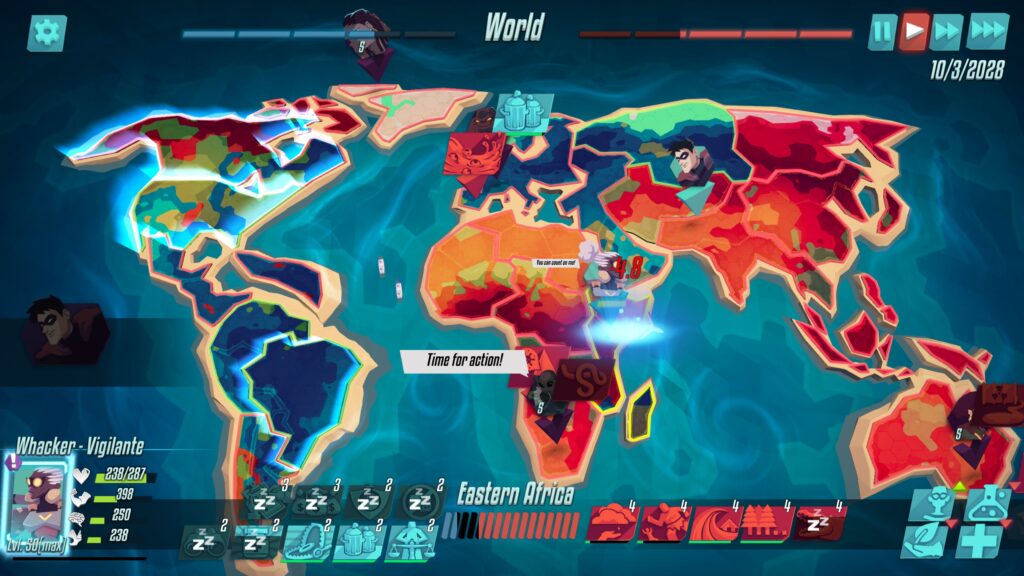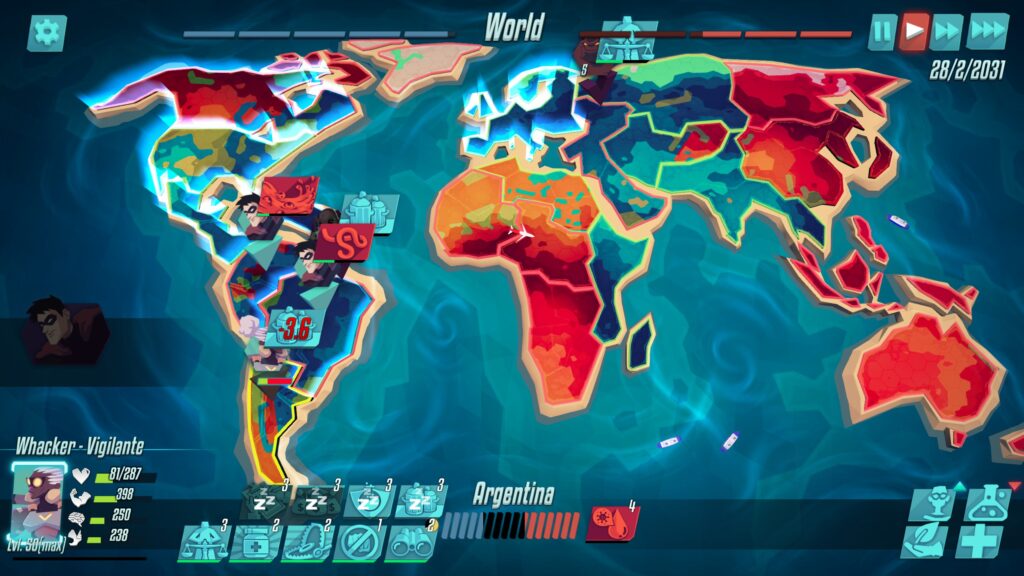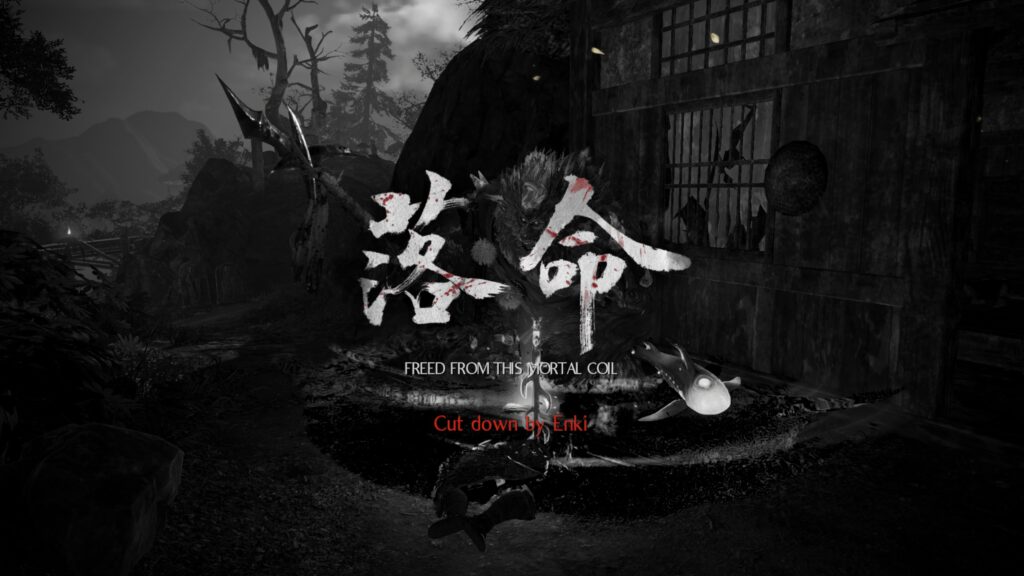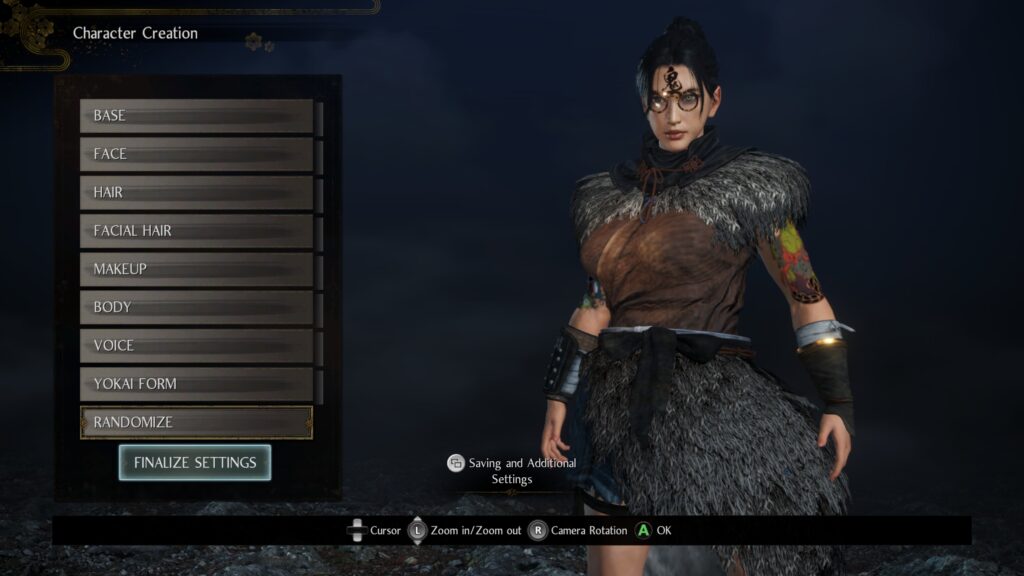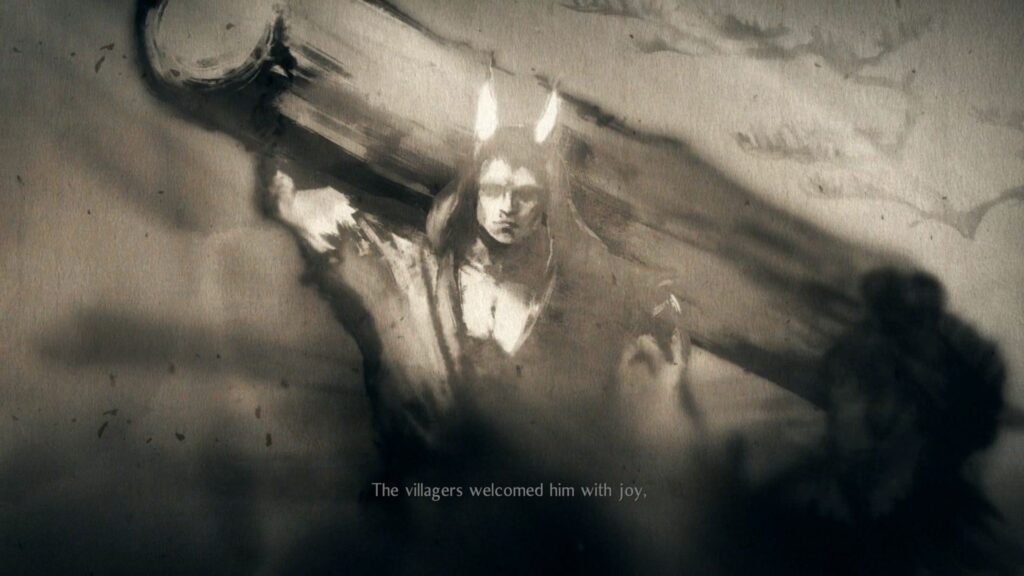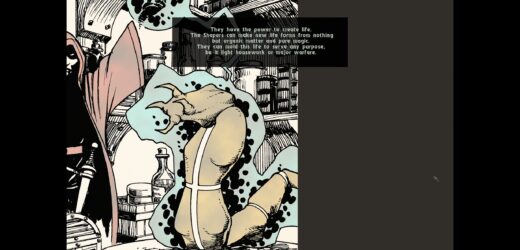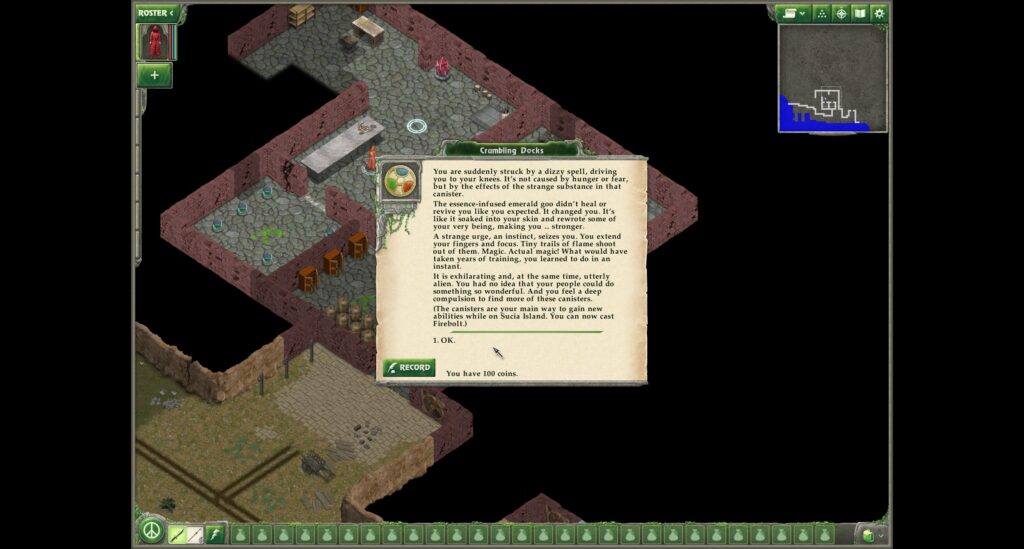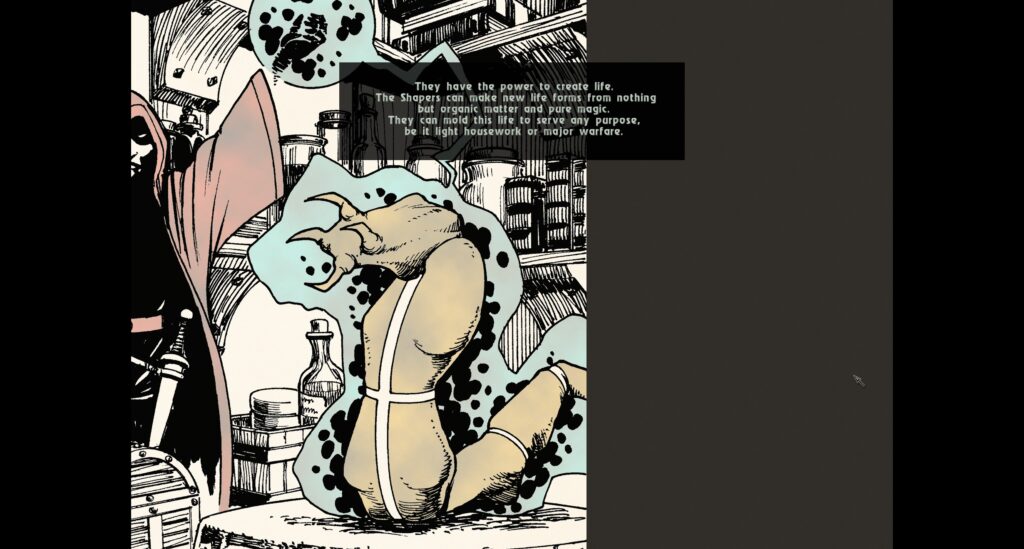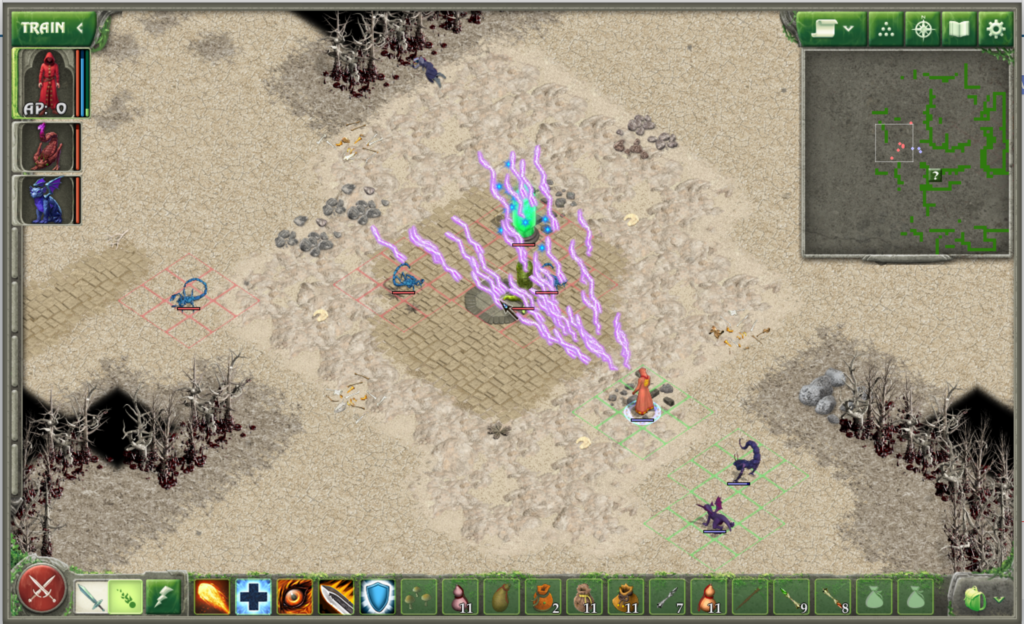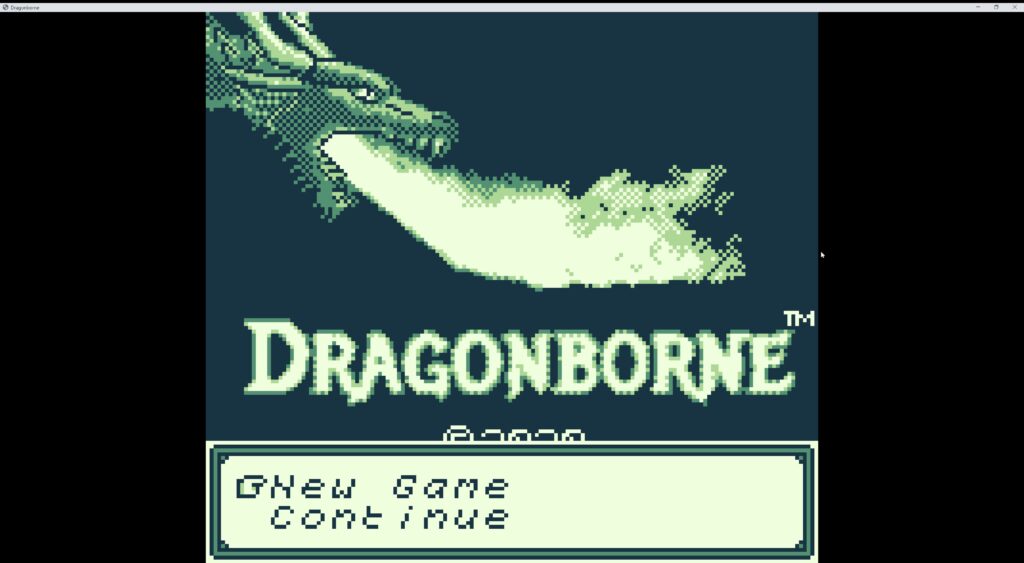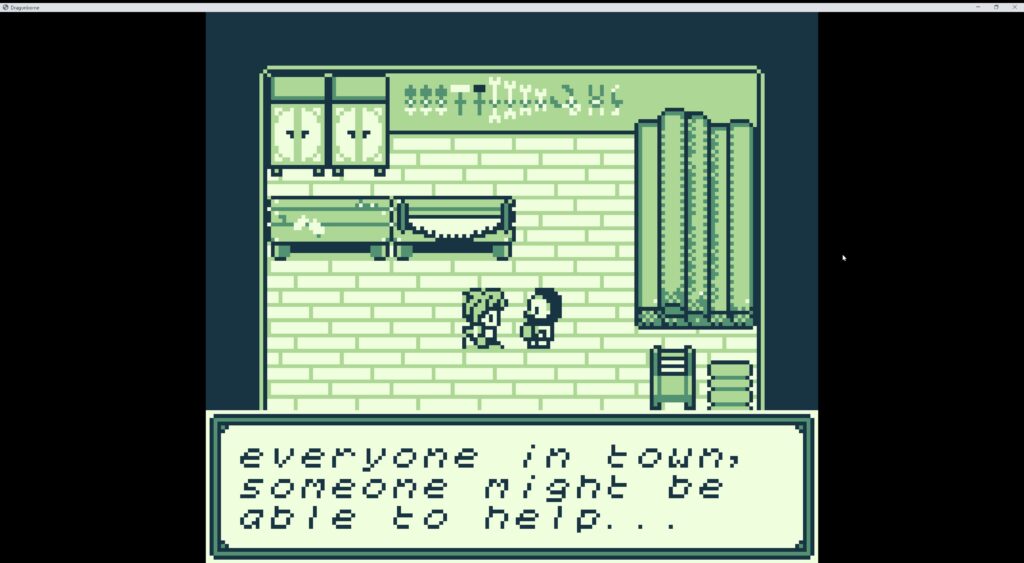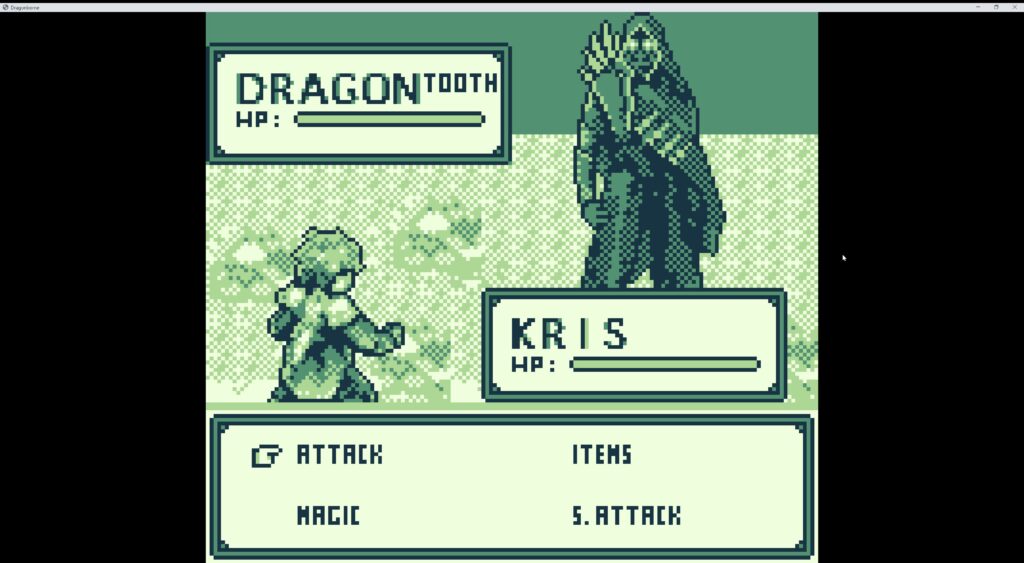Loop Hero (Review)

Source: Cashmoneys
Price: £12.49 (Soundtrack £5.99)
Where To Get It: Steam
I love the premise of this game: In a fate similar to The Neverending Story, the world has been unhappened. Reality has been forgotten. Except for one person, who is, on an endless loop, trying to remember how it all used to be, fighting through monster after monster, returning feature after feature.
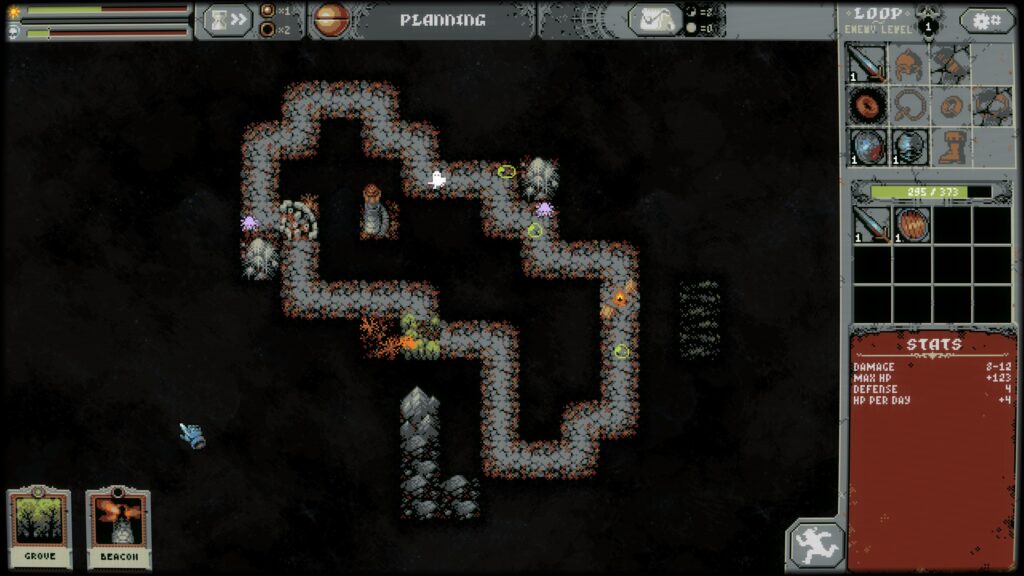
It all melts away when you return to camp, but… You’ve still made a difference, even if it feels pointless. And it hits home, time and time again, that the world contains good and evil, and things in between. Narratively, this game works pretty damn well, with its mechanics tightly fitting to this idea that the more the world is remembered in some fashion, the brighter the possibility of bringing it all back becomes.
Gamewise? It’s honestly okay, a nice touch on the strategic roguelike, where the path is set, but what you put on that path is where the calculation comes in. You want room, for example, for villages, or features that heal. You can’t overuse them, because you need items and experience to face the boss of each area. But you can’t overuse those, because if the pressure gets too much, you might as well retreat and lose some of the resources you gained.
You’ve got time. Seemingly endless time. And the more time you spend, the more loops you go through, the more resources you can get, to improve the camp back home, giving you more memories of the outside world, more cards to slip into your limited deck that allows you to recreate a microcosm of the dark world you lived in, to become stronger… And the other two classes.
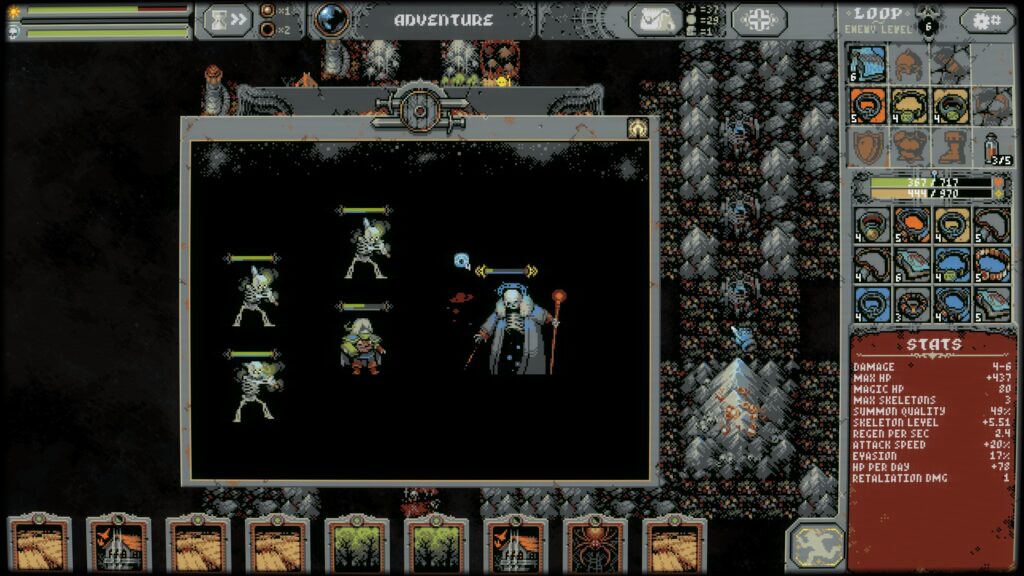
I like the three classes of this game, each has their own playstyle, their own focus, and I love it. The warrior, the first, is the most straightforward: Hit things, get equipment from them, get stronger, use crits, fuck shit up, rinse, repeat. There’s still variation in how you do it, builds you can play with, but it’s the simplest in terms of gameplay.
The thief and the necromancer, by contrast, ah, they’re not quite so simple. The thief only gets their items (except for village quest items) at the end/start of each loop, the camp. But their power, their levels, are determined by how many trophies you caught (IE – Monsters you killed.) It’s high risk, high reward, and the one I often push too far with. The necromancer, by contrast, well, they don’t fight themselves. You’re buffing your skelly boys with each equipment drop, with each skill you learn. And yes, each class has their own skillsets they can pick from on levelup, although it’s semirandom.
Once it’s boss time, though… Well, the bosses are no pushovers, so you have to feel like you’re properly prepared to face them. And you’re probably still going to get wrecked your first time or couple of times. Considering there’s three bosses, though? It’s all good, and you will be beating them multiple times.
Aesthetically? Omigod I love it so much. C64 style graphics, even down to the palette, dark, brooding tunes, it oozes aesthetic, is clear, and I fucking love it.
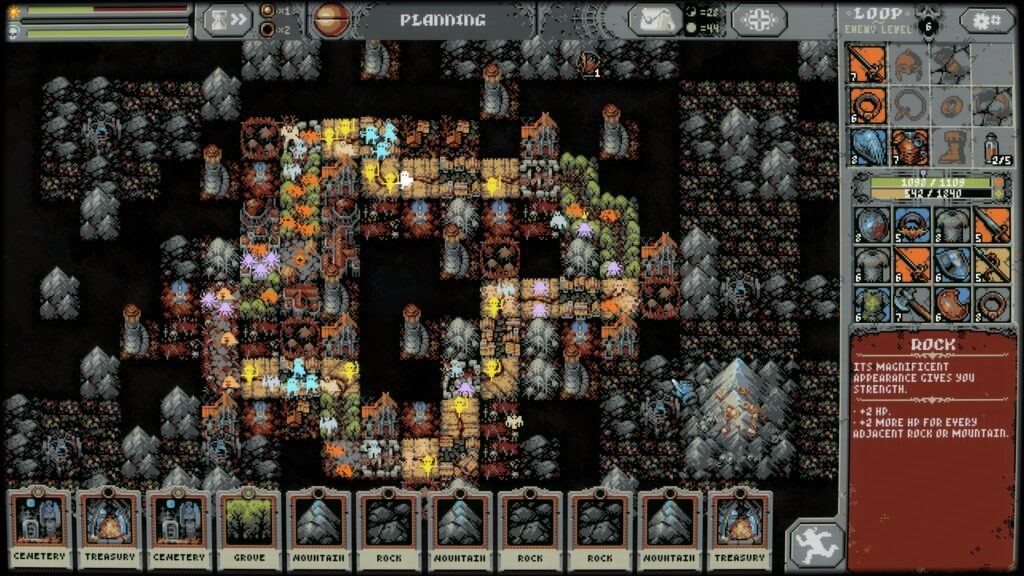
Yes, I definitely like this one, as it has many of the positive points I find in good indie games: Tight design, mechanics married to narrative, an interesting story, and it’s a game that can be played in smaller sessions, respecting your time. Yes, I like this indeed.
The Mad Welshman returns to his own loop, forgetting the past briefly so as to concentrate on the present, the future.
Nah, he’s having so much fun with the present and the past.


